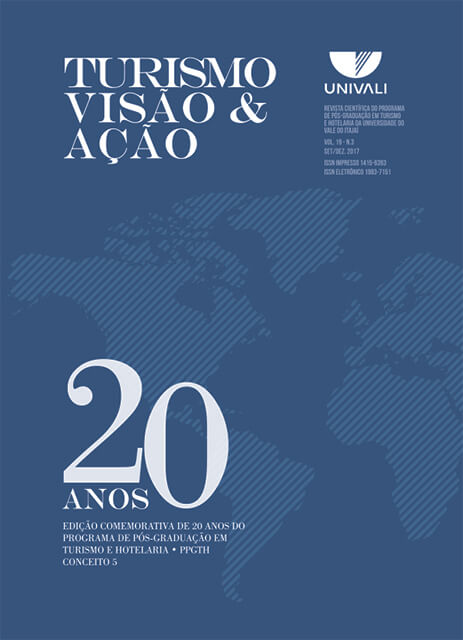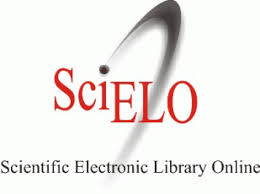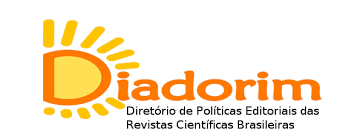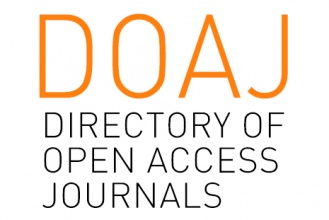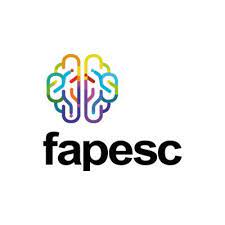DIFFICULTIES AND CHALLENGES IN THE IMPLEMENTATION OF ACTIVE METHODOLOGIES IN TOURISM EDUCATION: A STUDY IN A HIGHER EDUCATION INSTITUTION
DOI:
https://doi.org/10.14210/rtva.v19n3.p566-588Keywords:
Tourism. Higher education. Active methodology. Learning.Abstract
The discussion about tourism education at undergraduate level is still in its infancy in Brazil, especially when it comes to the application of active methodologies. An active teaching-learning methodology is an educational concept that stimulates learning in processes of constructive challenges, where it becomes a form of action-learning, because the more we learn what is closer to life, the better we become, and this becomes the starting point for the advancement of processes, developments, innovation and technology, thereby creating a re-elaboration of new practices. This study therefore discusses the difficulties and challenges of the application of active methodologies in the teaching of tourism in a higher education institution. The methodology used is qualitative, comprising an exploratory case study with teachers of the undergraduate course in tourism of the Universidade Federal do Rio Grande do Norte (UFRN). The study shows that there are difficulties in implementing active methodologies in the day to day routine. Finally, the study concludes that the difficulties and challenges that most stood out, in the teacher’s perceptions, were motivating the student and making him/her perceive the contribution provided by the theory presented in the classroom in vocational training.Downloads
Download data is not yet available.
Downloads
Published
2017-10-10
How to Cite
Seixas, E. P. de A., Araújo, M. V. P. de, Brito, M. L. de A., & Fonseca, G. F. (2017). DIFFICULTIES AND CHALLENGES IN THE IMPLEMENTATION OF ACTIVE METHODOLOGIES IN TOURISM EDUCATION: A STUDY IN A HIGHER EDUCATION INSTITUTION. Turismo: Visão E Ação, 19(3), 566–588. https://doi.org/10.14210/rtva.v19n3.p566-588
Issue
Section
Papers

